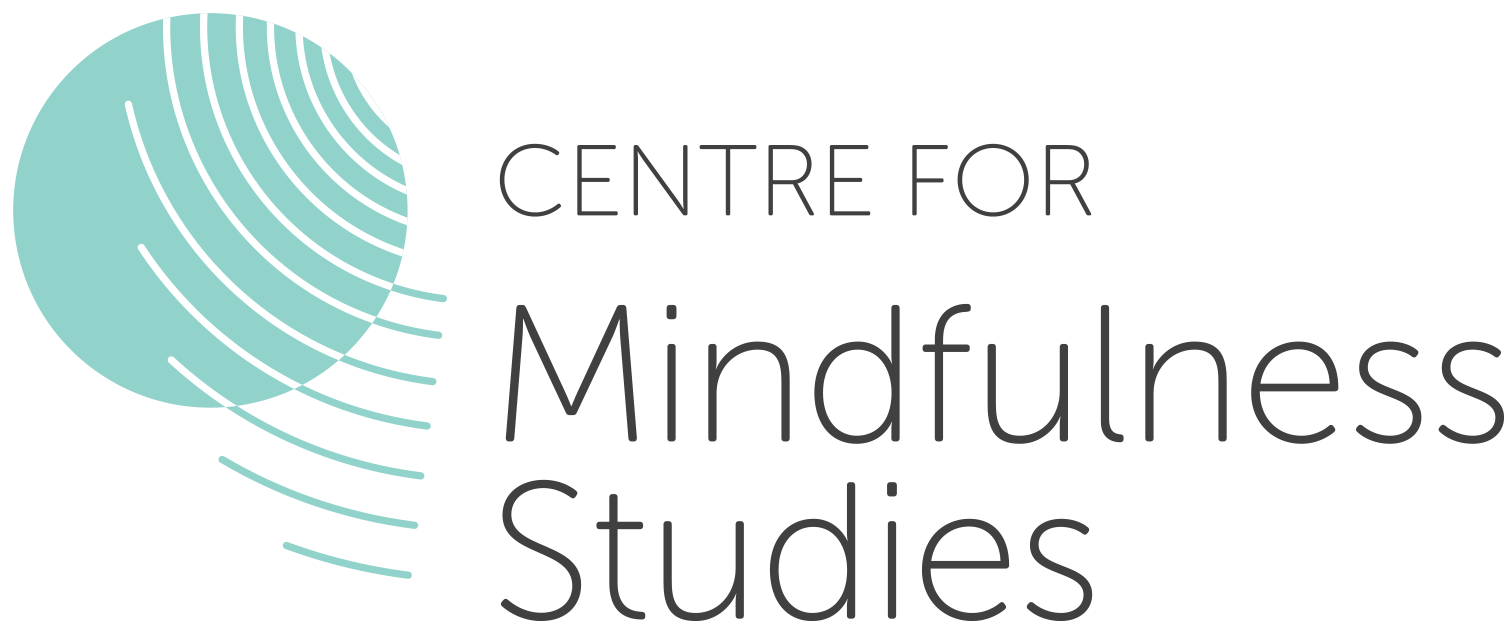“I probably couldn’t sit still long enough.” I often get this response when talking with someone about mindfulness meditation. Of course, we all struggle with restless legs and wandering minds–that’s why mindfulness is so helpful.
It got me wondering, though: what about people with ADHD who have even more restless minds? How does it work for them? I sat down with Dr. John Fleming, who facilitates our Mindful Attention for ADHD course, to find out.
Q. ADHD is often associated with childhood, but our course is for adults. How common is ADHD in adults?
A. The prevalence of ADHD in children is between 5 and 9%. According to research, about 50% of these children continue to struggle with significant and debilitating symptoms as adults. The direct estimates of the prevalence of ADHD in adults is somewhere between 4 and 5%.
Q. What are the biggest challenges for adults with ADHD?
A. ADHD is best understood as a foundational difficulty in self-regulation. ADHD doesn’t just affect someone’s ability to focus and shift their attention. It also affects their ability to regulate other aspects of their lives such as their emotions, sleeping/eating patterns, or substance use. Additionally, many of them experience a strong measure of restlessness.
Q: How can mindfulness help them face these challenges?
A. Adults with ADHD often struggle to get organized, manage their time, and stay on track from the beginning to the completion of a task. As result of these challenges, most adults with ADHD become incredibly judgemental toward themselves and their behaviour. This harsh self-judgement contributes tremendously to their suffering and difficulty moving forward with their lives.
Mindfulness provides a means to become more aware of this judgement and slowly begin to shift this reflexive pattern. Acceptance–which is a fundamental component of mindful practice–can help soften people’s reactions to where they find themselves in a particular moment. It allows them to engage more creatively with the decision about what comes next.
Practising mindfulness also has the potential to increase a person’s engagement in life, decreasing their distractability and restlessness.
Q. What first steps would you recommend to someone interested in using mindfulness to help them manage their ADHD?
A. The best place to begin an ADHD-friendly mindfulness practice is with very small steps. One of the most common mistakes for people with ADHD is to attempt too long a period of practice. Five minute intervals is a reasonable place to start (which is much shorter than most guided meditations that they will find).
Another good place to start is with informal mindfulness practices, which are about bringing a non-judgemental and curious attitude to an everyday activity. An example of this would be to try to be aware of the sensation of brushing one’s teeth and that every time you realize your mind has drifted elsewhere you gently return it to the simple experience of brushing. It is important to use a reminder for the task; such as putting an elastic around the toothbrush.
Naomi Eaton

